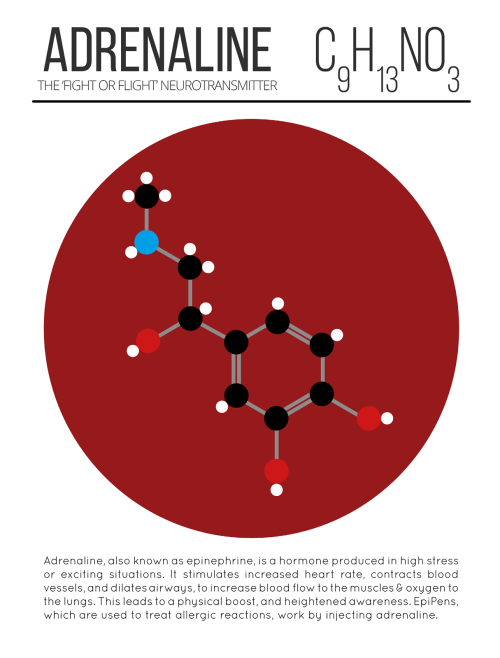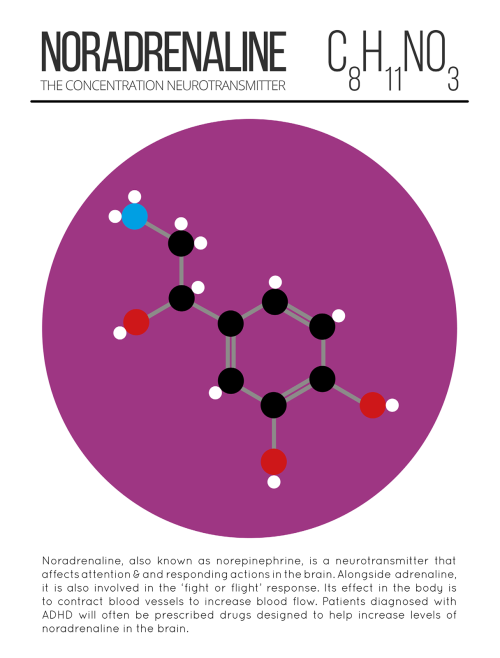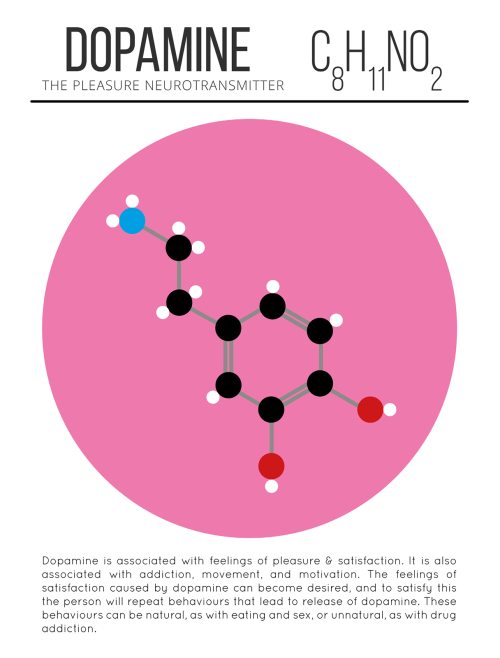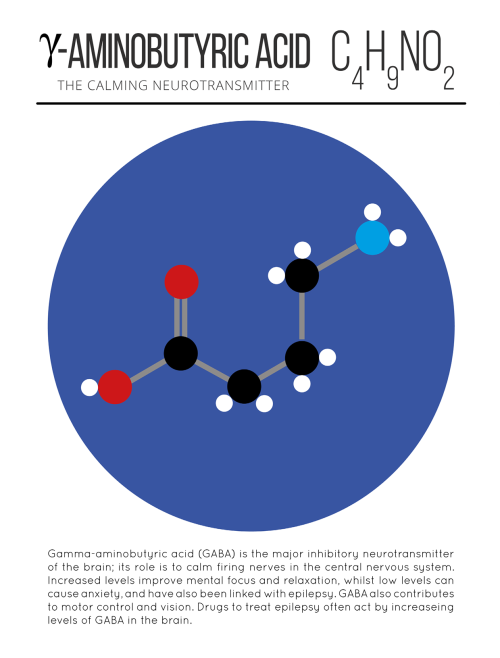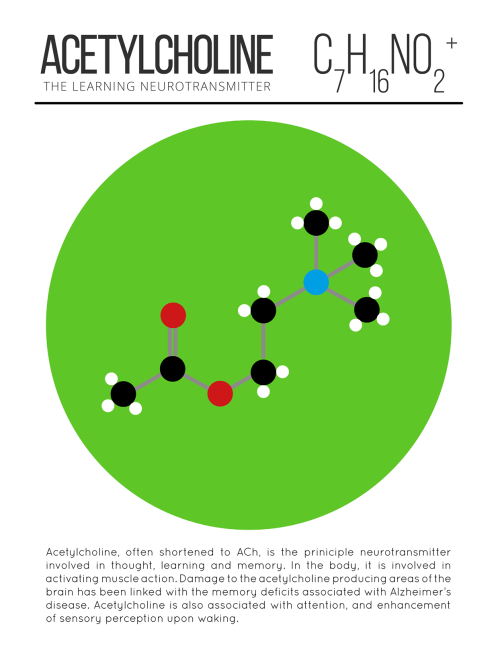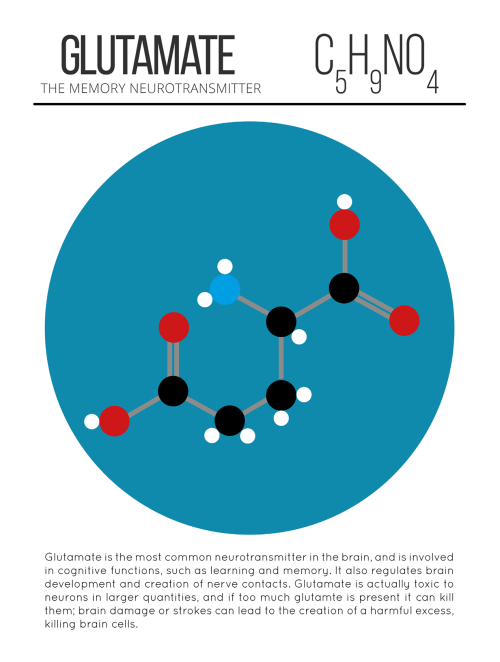Researchers At King’s College London Found That The Drug Tideglusib Stimulates The Stem Cells Contained

Researchers at King’s College London found that the drug Tideglusib stimulates the stem cells contained in the pulp of teeth so that they generate new dentine – the mineralised material under the enamel.
Teeth already have the capability of regenerating dentine if the pulp inside the tooth becomes exposed through a trauma or infection, but can only naturally make a very thin layer, and not enough to fill the deep cavities caused by tooth decay.
But Tideglusib switches off an enzyme called GSK-3 which prevents dentine from carrying on forming.
Scientists showed it is possible to soak a small biodegradable sponge with the drug and insert it into a cavity, where it triggers the growth of dentine and repairs the damage within six weeks.
The tiny sponges are made out of collagen so they melt away over time, leaving only the repaired tooth.
More Posts from Science-is-magical and Others




TYPES OF COLOR-BLINDNESS
1. Normal vision
2. Deuteranopia
3. Tritanopia
4. Monochromacy - An extremely rare type of color-blindness in which sufferers can see only in shades of grey, and perceive no color at all. About 1 in 33,000 people is born with this condition.
(Source)
Galaxies: Types and morphology
A galaxy is a gravitationally bound system of stars, stellar remnants, interstellar gas, dust, and dark matter. Galaxies range in size from dwarfs with just a few hundred million (108) stars to giants with one hundred trillion (1014) stars, each orbiting its galaxy’s center of mass.

Galaxies come in three main types: ellipticals, spirals, and irregulars. A slightly more extensive description of galaxy types based on their appearance is given by the Hubble sequence.

Since the Hubble sequence is entirely based upon visual morphological type (shape), it may miss certain important characteristics of galaxies such as star formation rate in starburst galaxies and activity in the cores of active galaxies.
Ellipticals

The Hubble classification system rates elliptical galaxies on the basis of their ellipticity, ranging from E0, being nearly spherical, up to E7, which is highly elongated. These galaxies have an ellipsoidal profile, giving them an elliptical appearance regardless of the viewing angle. Their appearance shows little structure and they typically have relatively little interstellar matter. Consequently, these galaxies also have a low portion of open clusters and a reduced rate of new star formation. Instead they are dominated by generally older, more evolved stars that are orbiting the common center of gravity in random directions.
Spirals

Spiral galaxies resemble spiraling pinwheels. Though the stars and other visible material contained in such a galaxy lie mostly on a plane, the majority of mass in spiral galaxies exists in a roughly spherical halo of dark matter that extends beyond the visible component, as demonstrated by the universal rotation curve concept.
Spiral galaxies consist of a rotating disk of stars and interstellar medium, along with a central bulge of generally older stars. Extending outward from the bulge are relatively bright arms. In the Hubble classification scheme, spiral galaxies are listed as type S, followed by a letter (a, b, or c) that indicates the degree of tightness of the spiral arms and the size of the central bulge.
Barred spiral galaxy

A majority of spiral galaxies, including our own Milky Way galaxy, have a linear, bar-shaped band of stars that extends outward to either side of the core, then merges into the spiral arm structure. In the Hubble classification scheme, these are designated by an SB, followed by a lower-case letter (a, b or c) that indicates the form of the spiral arms (in the same manner as the categorization of normal spiral galaxies).
Ring galaxy

A ring galaxy is a galaxy with a circle-like appearance. Hoag’s Object, discovered by Art Hoag in 1950, is an example of a ring galaxy. The ring contains many massive, relatively young blue stars, which are extremely bright. The central region contains relatively little luminous matter. Some astronomers believe that ring galaxies are formed when a smaller galaxy passes through the center of a larger galaxy. Because most of a galaxy consists of empty space, this “collision” rarely results in any actual collisions between stars.
Lenticular galaxy

A lenticular galaxy (denoted S0) is a type of galaxy intermediate between an elliptical (denoted E) and a spiral galaxy in galaxy morphological classification schemes. They contain large-scale discs but they do not have large-scale spiral arms. Lenticular galaxies are disc galaxies that have used up or lost most of their interstellar matter and therefore have very little ongoing star formation. They may, however, retain significant dust in their disks.
Irregular galaxy

An irregular galaxy is a galaxy that does not have a distinct regular shape, unlike a spiral or an elliptical galaxy. Irregular galaxies do not fall into any of the regular classes of the Hubble sequence, and they are often chaotic in appearance, with neither a nuclear bulge nor any trace of spiral arm structure.
Dwarf galaxy

Despite the prominence of large elliptical and spiral galaxies, most galaxies in the Universe are dwarf galaxies. These galaxies are relatively small when compared with other galactic formations, being about one hundredth the size of the Milky Way, containing only a few billion stars. Ultra-compact dwarf galaxies have recently been discovered that are only 100 parsecs across.
Interacting

Interactions between galaxies are relatively frequent, and they can play an important role in galactic evolution. Near misses between galaxies result in warping distortions due to tidal interactions, and may cause some exchange of gas and dust. Collisions occur when two galaxies pass directly through each other and have sufficient relative momentum not to merge.
Starburst

Stars are created within galaxies from a reserve of cold gas that forms into giant molecular clouds. Some galaxies have been observed to form stars at an exceptional rate, which is known as a starburst. If they continue to do so, then they would consume their reserve of gas in a time span less than the lifespan of the galaxy. Hence starburst activity usually lasts for only about ten million years, a relatively brief period in the history of a galaxy.
Active galaxy
A portion of the observable galaxies are classified as active galaxies if the galaxy contains an active galactic nucleus (AGN). A significant portion of the total energy output from the galaxy is emitted by the active galactic nucleus, instead of the stars, dust and interstellar medium of the galaxy.

The standard model for an active galactic nucleus is based upon an accretion disc that forms around a supermassive black hole (SMBH) at the core region of the galaxy. The radiation from an active galactic nucleus results from the gravitational energy of matter as it falls toward the black hole from the disc. In about 10% of these galaxies, a diametrically opposed pair of energetic jets ejects particles from the galaxy core at velocities close to the speed of light. The mechanism for producing these jets is not well understood.

The main known types are: Seyfert galaxies, quasars, Blazars, LINERS and Radio galaxy.
source
images: NASA/ESA, Hubble (via wikipedia)


Photographs taken of Saturn by NASA. Yes, these are real pictures; they are not illustrations.
(Source)
Good news today: the fastest horizontal flyer in the animal kingdom is now a bat.
Free-tailed bats have now been clocked flying horizontally at over 160 kilometers per hour (that’s nearly 100 mph!), toppling the previous record-holder, the swift. The record for speed of diving is still held by the peregrine falcon but we’re coming for you next, feathers.
Source

A Falcon 9 Moon : Illuminating planet Earth’s night, full moons can have many names. This year the last full moon of northern hemisphere summer was on September 2, known to some as the Full Corn Moon. A few days earlier on August 30 this almost full moon rose just before sunset though, shining through cloudy skies over Cape Canaveral Air Force Station on Florida’s Space Coast. A well-timed snapshot caught the glare of rocket engines firing below the lunar disk, a Falcon 9 rocket’s first stage successfully returning to Cape Canaveral’s landing zone 1. About 9 minutes earlier, the same SpaceX Falcon 9 rocket had launched the SAOCOM 1B satellite toward polar orbit. The fourth launch for this reusable Falcon 9 first stage, it was the first launch to a polar orbit from Cape Canaveral since 1969. via NASA

Feb 28, 2013 - By wearing different colored hats, over 2,600 employees at Genentech (in San Francisco) celebrated the 60th anniversary of the discovery of DNA
-
 badmovielover liked this · 1 month ago
badmovielover liked this · 1 month ago -
 servungcint reblogged this · 2 months ago
servungcint reblogged this · 2 months ago -
 katadastical liked this · 2 months ago
katadastical liked this · 2 months ago -
 backupstardust reblogged this · 2 months ago
backupstardust reblogged this · 2 months ago -
 backupstardust liked this · 2 months ago
backupstardust liked this · 2 months ago -
 loremipsumtext reblogged this · 5 months ago
loremipsumtext reblogged this · 5 months ago -
 loremipsumtext liked this · 5 months ago
loremipsumtext liked this · 5 months ago -
 marcepanna reblogged this · 6 months ago
marcepanna reblogged this · 6 months ago -
 marcepanna liked this · 6 months ago
marcepanna liked this · 6 months ago -
 queerius liked this · 6 months ago
queerius liked this · 6 months ago -
 hallowedhearth reblogged this · 7 months ago
hallowedhearth reblogged this · 7 months ago -
 februerik liked this · 8 months ago
februerik liked this · 8 months ago -
 pinkandgreenarepurpleandyellow reblogged this · 8 months ago
pinkandgreenarepurpleandyellow reblogged this · 8 months ago -
 coffinsandroses reblogged this · 10 months ago
coffinsandroses reblogged this · 10 months ago -
 coffinsandroses liked this · 10 months ago
coffinsandroses liked this · 10 months ago -
 glitchven liked this · 11 months ago
glitchven liked this · 11 months ago -
 blackcatmaya liked this · 11 months ago
blackcatmaya liked this · 11 months ago -
 phoenix-drowning-ina-rainy-world reblogged this · 1 year ago
phoenix-drowning-ina-rainy-world reblogged this · 1 year ago -
 ballbuster2000 reblogged this · 1 year ago
ballbuster2000 reblogged this · 1 year ago -
 sugarcub liked this · 1 year ago
sugarcub liked this · 1 year ago -
 thecrayv reblogged this · 1 year ago
thecrayv reblogged this · 1 year ago -
 myglowinthedarkbutt reblogged this · 1 year ago
myglowinthedarkbutt reblogged this · 1 year ago -
 myglowinthedarkbutt liked this · 1 year ago
myglowinthedarkbutt liked this · 1 year ago -
 thesleepyhermit reblogged this · 1 year ago
thesleepyhermit reblogged this · 1 year ago -
 thesleepyhermit liked this · 1 year ago
thesleepyhermit liked this · 1 year ago -
 literate-ninja reblogged this · 1 year ago
literate-ninja reblogged this · 1 year ago -
 snowytumble reblogged this · 1 year ago
snowytumble reblogged this · 1 year ago -
 snowytumble liked this · 1 year ago
snowytumble liked this · 1 year ago -
 chronic-senioritis reblogged this · 1 year ago
chronic-senioritis reblogged this · 1 year ago -
 texmexirican reblogged this · 1 year ago
texmexirican reblogged this · 1 year ago -
 salty-software-engineer reblogged this · 1 year ago
salty-software-engineer reblogged this · 1 year ago -
 yourfavoritebook reblogged this · 1 year ago
yourfavoritebook reblogged this · 1 year ago -
 ghostsagainststardust liked this · 1 year ago
ghostsagainststardust liked this · 1 year ago -
 bknyght reblogged this · 1 year ago
bknyght reblogged this · 1 year ago -
 bknyght liked this · 1 year ago
bknyght liked this · 1 year ago -
 seiyakins reblogged this · 1 year ago
seiyakins reblogged this · 1 year ago -
 seiyakins liked this · 1 year ago
seiyakins liked this · 1 year ago -
 shy-peacock reblogged this · 1 year ago
shy-peacock reblogged this · 1 year ago -
 shy-peacock liked this · 1 year ago
shy-peacock liked this · 1 year ago -
 idkalotbutiknowwhatilove reblogged this · 1 year ago
idkalotbutiknowwhatilove reblogged this · 1 year ago -
 spectreshepvrd liked this · 1 year ago
spectreshepvrd liked this · 1 year ago -
 jelly-robber reblogged this · 1 year ago
jelly-robber reblogged this · 1 year ago -
 churchofyourcurves reblogged this · 1 year ago
churchofyourcurves reblogged this · 1 year ago -
 headwige reblogged this · 1 year ago
headwige reblogged this · 1 year ago -
 zorilleerrant liked this · 1 year ago
zorilleerrant liked this · 1 year ago -
 tourniqitty liked this · 1 year ago
tourniqitty liked this · 1 year ago -
 froodydent liked this · 1 year ago
froodydent liked this · 1 year ago -
 mrs-jane-eyre reblogged this · 1 year ago
mrs-jane-eyre reblogged this · 1 year ago


